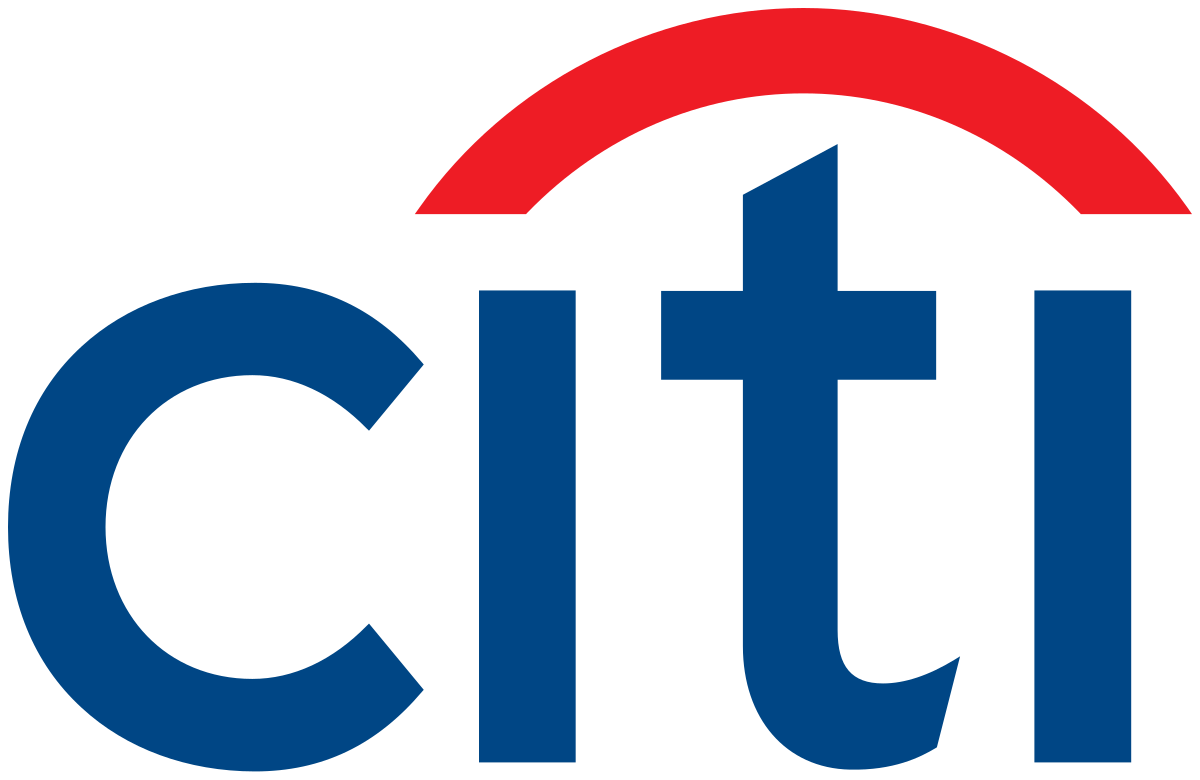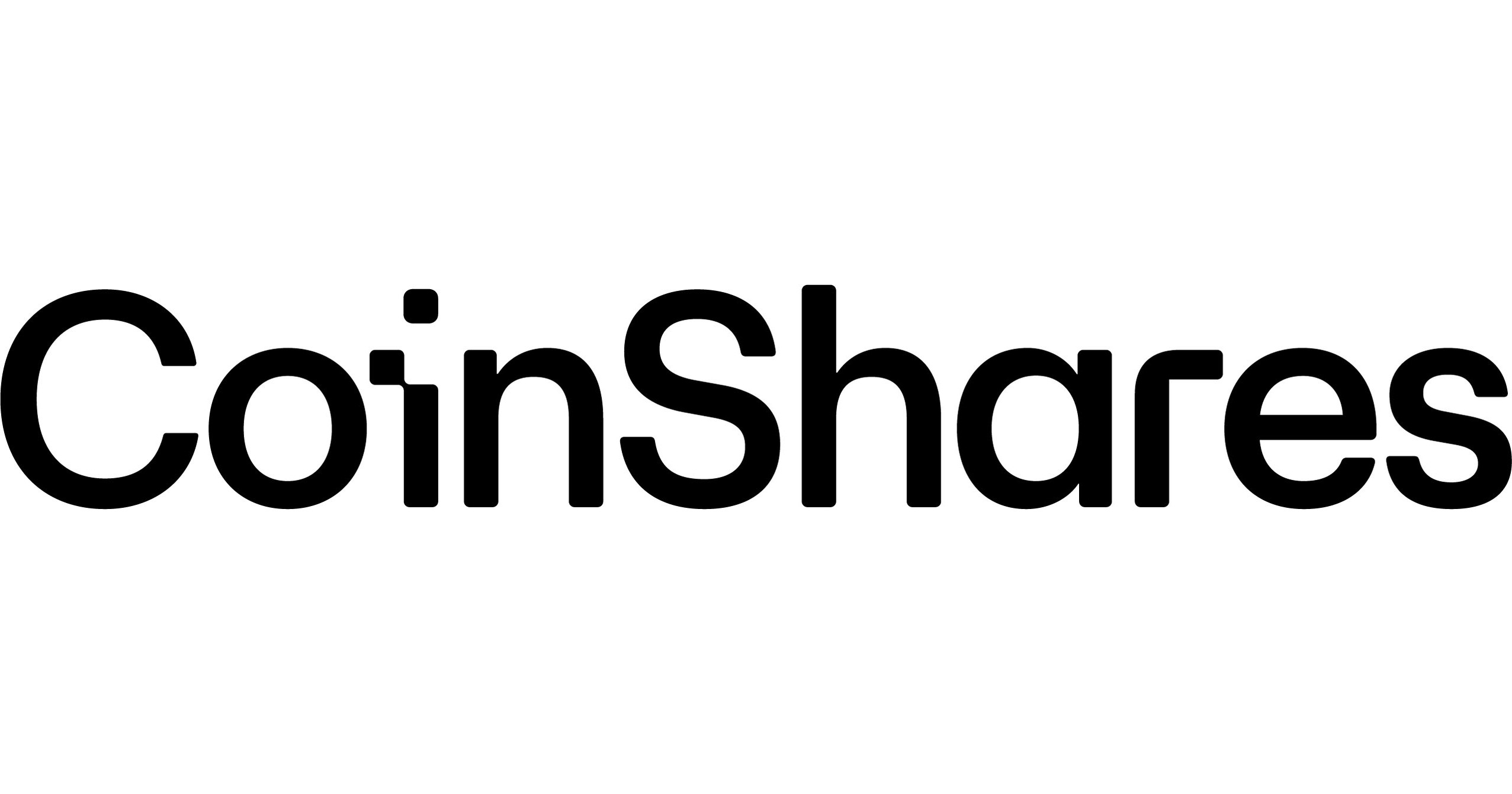BlackRock founder and CEO Larry Fink’s vision that the “next generation for securities” would be tokenisation perhaps materialised faster than expected when his firm’s S&P 500 ETF was tokenised less than three months later by a Swiss start-up.
In February, structured product specialist Backed Finance entered the market with the Backed CSPX Core S&P 500 (bCSPX), a first-of-a-kind product on the ethereum blockchain tracking an ETF as an ERC-20 token.
This kind of token is a fungible smart contract offering access or representing the value of an asset; in this case Europe’s largest ETF, the iShares Core S&P 500 UCITS ETF (CSPX).
Backed Finance issues bCSPX from Switzerland and said it is backed by collateral in the form of the underlying asset on a 1:1 basis held by a licenced custodian. However, token-holders do not own the underlying and therefore do not have the right to company votes or dividends, as is the case with other derivative products.
Launching the product, the firm said: “Backed has spent the last two years building the new standard for compliant, fully collateralised, freely transferable tokenized real-world assets.
“We believe tokenisation will unlock trillions of dollars’ worth of value and power a new wave of economic activity.”
After years of crypto exchange-traded products (ETP) launches dominating headlines in Europe, the arrival of a tokenised ETF as a structural opposite illustrates how the wrapper is not only a tool for accessing new markets, but potentially also a tool for new markets to access conventional asset classes.
Marc-Thomas Arjoon, research associate at CoinShares, said: “I am a big proponent of the S&P 500 ETFs as most professional investment managers cannot outperform them in the long term. Giving the ability for anyone with an internet connection to be able to diversify their investments and gain exposure to the best performing stock market in the world is something I am a fan of.”
Laurent Kssis, crypto ETP specialist at CEC Capital, agreed, adding: “With tokenisation, I could be an investor in Vietnam trading in New Zealand assets 24 hours a day.
“Opening up that liquidity would make a palpable impact. The question is how regulation is going to protect investors regarding whether what these tokens say they do is actually what they hold.”
Access with limitations
However, as with any innovation, their selling points often require disclaimers. First, Backed Finance initially seeded enough liquidity to begin trading bCSPX using a pool on the Uniswap protocol, but the token is now unsupported by Uniswap due to potential legal reasons surrounding trading of the product.
The token also raises several red flags from a US regulatory perspective, such as offering permissionless access to US stocks via smart contracts, while simultaneously not being registered under the 1933 US Securities Act.
Sean Tuffy, former head of market and regulatory intelligence, custody and fund services at Citi, told ETF Stream: “Obviously, this will not be sold in the US because it would definitely qualify as a security offering. Ignoring the crypto magic, it is basically a derivative instrument.”
Kssis added: “The Securities and Exchange Commission is very harsh on this as they feel a lot of crypto issuance falls under securities and therefore, they want them to register and abide and comply with the regulatory regime.”
Thankfully, bCSPX has a better regulatory standing in Europe as it is issued under the Swiss Distributed Ledger Technology (DLT) Act and was also approved by the Financial Market Authority of Luxembourg, providing a window to European distribution.
Shane Coveney, partner at Dillon Eustace, said: “The ability to tokenise securities is still in the early phase of acceptance from a regulatory and legislative perspective.
“In Germany, for instance, as I understand it, the Electronic Securities Act (eWPG) was enacted which permits the issuing of electronic securities. However, there is no equivalent legislative basis in many other European jurisdictions.”
Outside of Europe, the scope for tokenised access is also limited, with Backed Finance noting it cannot service clients in Canada, Japan, a number of Latin American countries and all but two African states.
Structural risk or turning point?
Also, given its crypto DNA, bCSPX is potentially a haphazard way to gain exposure to ETFs.
Coveney added: “There are many risks including regulatory risks, technology risks – access to blockchain, change in protocols and investor loss of wallet key access, liquidity risks and counterparty risks.”
For now, Backed Finance’s prospectus notes the firm is unregulated and its products are not authorised by the Swiss Financial Market Supervisory Authority (FINMA), meaning they are exposed to the credit risk of the issuer – an unwelcome prospect following the collapse of crypto exchanges, lenders and custodians last year.
The prospectus added blockchain transaction costs, such as validator fees or gas costs, during periods of low volume or congestion may “substantially reduce” or have an “adverse impact” on the value of investments, with the issuer having “no ability to control or predict” these fees.
Finally, Tuffy questioned the mechanics of interfacing the token with the ETF to ensure it remained ‘fully backed’ on a 1:1 basis.
On this, the group’s prospectus conceded its ability to maintain collateral coverage is limited to the trading hours of its underlying, meaning its token may continue trading, unbacked, as the market for the underlying ETF is closed.
It also identified potential causes of tracking error, such as market or settlement disruption prompting the firm to postpone the valuation of its token. Also, potential illiquidity could have a “negative effect” on bCSPX’s price.
Despite these potential areas of friction, many remain positive about the prospects of tokenised assets. For Backed Finance, its S&P 500 ETF tracker may be just the first of many tokens it offers on publicly traded securities.
CEC Capital’s Kssis sees tokenisation offering fractionalisation opportunities beyond just conventional assets but noted in ETFs alone, collateralised tokens could offer a new source of liquidity for the wrapper.
This article first appeared in ETF Insider, ETF Stream's monthly ETF magazine for professional investors in Europe. To access the full issue, click here.








